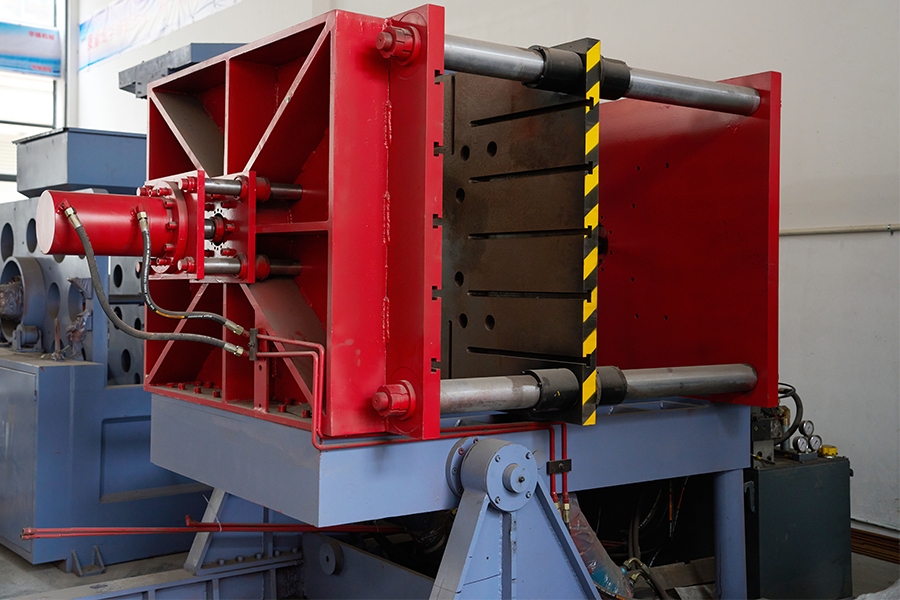The Significance of Automatic Die Casting Machines in Industrial Production
Industry News-Die casting is one of the commonly used methods for producing metal parts in high volumes, particularly in industries such as automotive, aerospace, and electronics. The introduction of the automatic die casting machine has significantly improved the die casting process by automating various steps, such as mold filling, injection, cooling, and ejection. This automation reduces the need for manual labor, faster production times and increased output.

One of the key benefits of automatic die casting machines is their ability to produce parts at high speed with minimal human intervention. These machines can operate continuously, significantly increasing production capacity. This level of efficiency is especially beneficial in industries where large quantities of components are needed in a short time frame. Automatic die casting machines are capable of producing highly detailed, complex parts with precise dimensions and surface finishes, which would be difficult and time-consuming to achieve manually.
The precision of automatic systems ensures that each cast part meets strict dimensional and structural standards. The automated process allows for uniform mold filling, accurate pressure application, and consistent cooling rates, high-quality parts with minimal defects. For industries that require components with tight tolerances and high reliability, such as aerospace or automotive, the automatic die casting machine is indispensable.
While the initial investment in an automatic die casting machine can be high, the long-term savings are considerable. These machines reduce the need for manual labor, lower scrap rates, and increase production efficiency, all of which contribute to a lower cost per unit. Additionally, the ability to produce parts at a faster rate ensures that manufacturers can meet demand without sacrificing quality, making the process highly cost-effective in the long run.
The automatic grid casting machine is specifically designed for the production of grids used in the battery industry, particularly lead-acid batteries. The process involves casting the metal into grids that will form the backbone of the battery plates, and the quality of these grids plays a critical role in the overall performance of the battery. One of the essential aspects of this machine is the choice of material used for casting the grids, as it directly impacts the efficiency, durability, and functionality of the batteries produced.
The commonly used material in the automatic grid casting machine is lead. Lead is a highly suitable material for grid production due to its conductivity, corrosion resistance, and malleability. These properties ensure that the grids can efficiently carry the electrical current while maintaining structural integrity over extended periods, even under challenging environmental conditions.
Lead Alloys: In some cases, pure lead is mixed with other metals such as antimony or calcium to create lead alloys. The addition of these elements can improve the performance of the grid, enhancing its mechanical strength and resistance to corrosion. For example, calcium-lead alloys are often preferred for the grid casting in batteries due to their reduced self-discharge rates and better charging efficiency.
Antimony: The use of antimony in lead alloys can also improve the mechanical properties of the grids, making them stronger and more durable. However, too much antimony can negatively affect the grid's ability to charge and discharge efficiently, so manufacturers must carefully control the alloy's composition.
Calcium: Calcium is another material that is commonly used in grid casting, especially in advanced maintenance-free batteries. Calcium-lead alloys offer the benefit of longer shelf life and reduced grid corrosion, which improves the overall battery life cycle.
Copper: Some advanced grid casting machines may also use copper as part of the alloy to enhance electrical conductivity. Copper is used in certain grid applications where high electrical conductivity is required, although it is more commonly found in grid casting for specialized batteries.
 En
En
 русский
русский Español
Español عربى
عربى Deutsch
Deutsch















